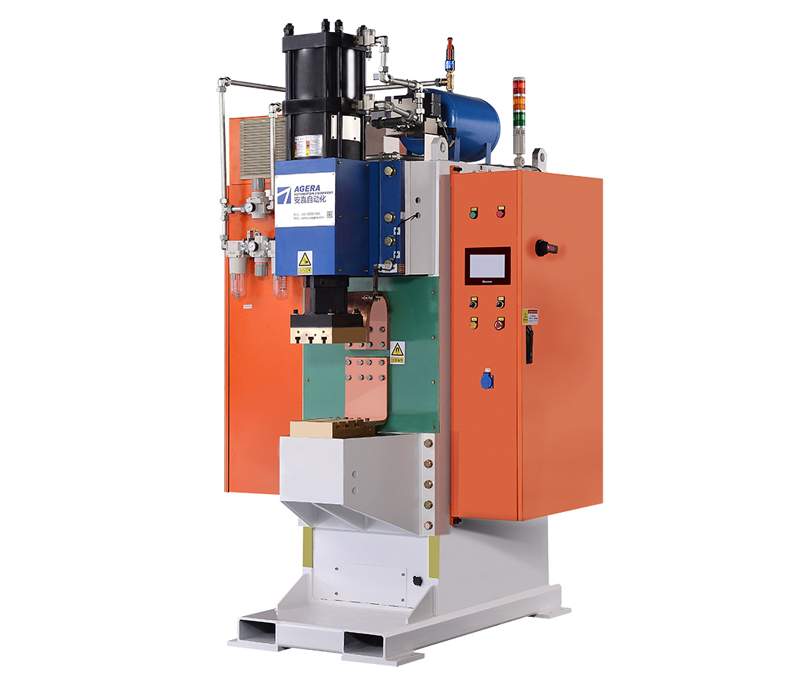Energy storage spot welding machines are widely utilized in various industries due to their efficiency and effectiveness in joining metal components. However, there are three common misconceptions that can mislead users and hinder the welding process. This article aims to identify and address these misconceptions, providing valuable insights to help users optimize their welding operations and ensure high-quality welds.
- Misconception: Higher Welding Current Guarantees Better Weld Quality One prevalent misconception is the belief that increasing the welding current will automatically result in superior weld quality. While welding current is an important parameter, blindly raising it without considering other factors can have adverse effects. Welding current should be carefully selected based on the material thickness, joint configuration, and desired weld characteristics. Excessive current can lead to overheating, distortion, and even burn-through, compromising the weld quality. It is crucial to find the optimal balance between current, electrode force, and welding time to achieve reliable and high-quality welds.
- Misconception: Maximum Electrode Force Ensures Optimal Welding Results Another misconception is the notion that applying maximum electrode force will yield the best weld quality. While adequate electrode force is necessary to ensure proper contact between the workpieces, excessive force can cause deformation, indentation, and material expulsion. The electrode force should be optimized based on material properties, joint design, and electrode geometry. Proper calibration and monitoring of the electrode force help maintain consistent weld quality and prevent issues such as excessive indentation or insufficient fusion.
- Misconception: Universal Applicability of Electrodes for All Welding Scenarios Using the wrong type of electrode is a common misconception that can significantly impact weld quality. Different materials and applications require specific electrode materials and configurations. Electrodes should be selected based on factors such as conductivity, wear resistance, and compatibility with the workpiece material. For example, using a copper electrode for welding stainless steel can result in contamination and poor weld quality. It is important to consult material compatibility charts and seek expert advice to ensure the appropriate selection of electrodes for each application.
Understanding and dispelling these three common misconceptions about energy storage spot welding machines is essential for achieving optimal weld quality and consistent results. By recognizing that higher welding current does not always guarantee better weld quality, optimizing electrode force based on specific requirements, and selecting the correct type of electrode for each application, operators can avoid pitfalls and enhance the performance of their energy storage spot welding machines. Proper knowledge and practices lead to improved weld quality, increased efficiency, and reduced rework, ultimately benefiting both the productivity and reputation of the welding operation.
Post time: Jun-12-2023








